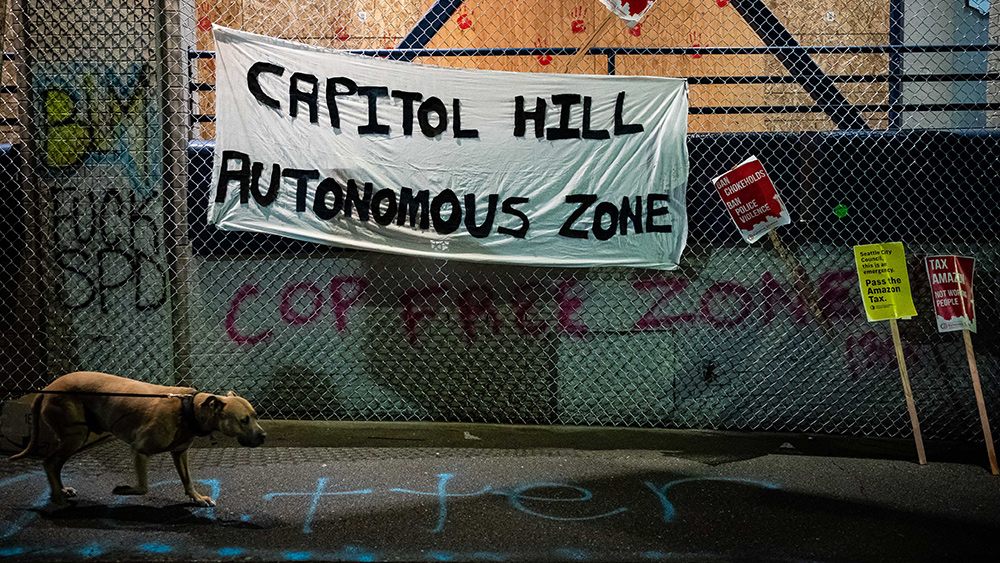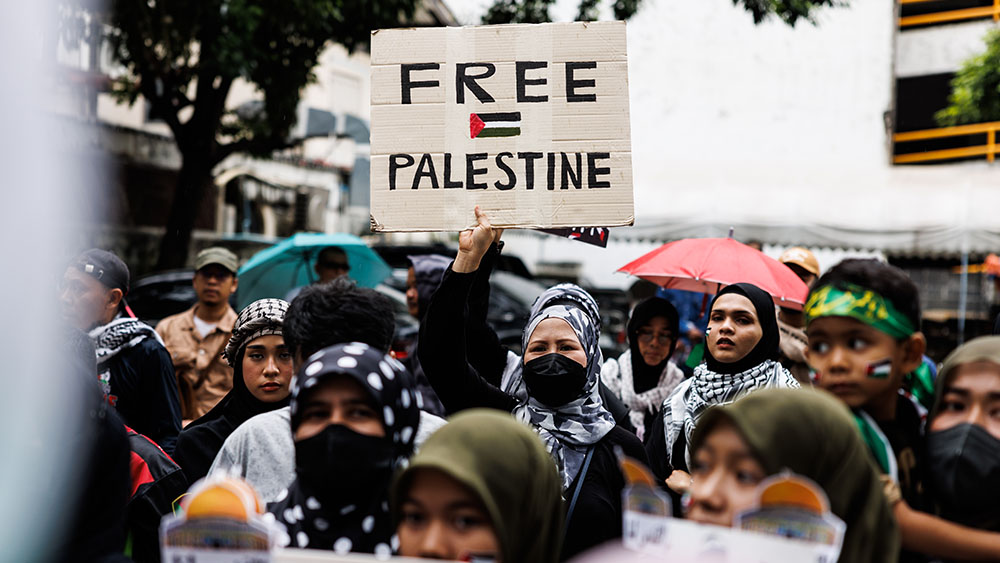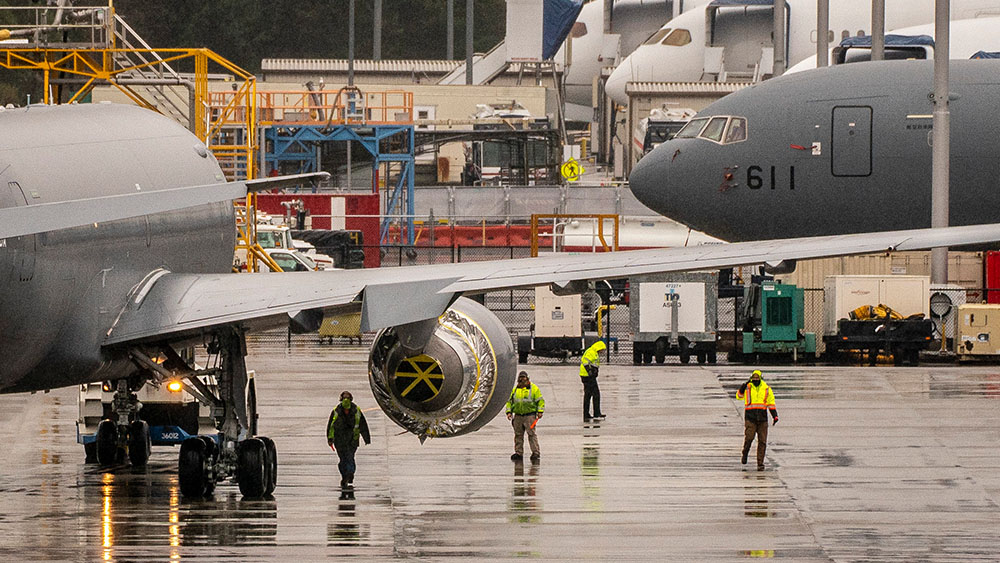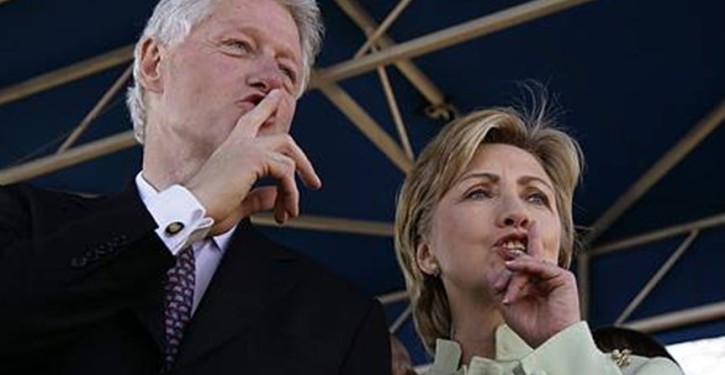
Customers, corporate partners shocked to hear about Supercharger division's shutdown
Supercharger operations are expected to continue. Musk himself has confirmed that Supercharger sites that are under construction would be finished and "some" new locations would also be constructed. However, the shutdown of the Supercharger division raises questions over the future of the charging business. Musk has attempted to allay fears by posting on X that the Supercharger network will continue to grow "just at a slower pace for new locations." "More focus on 100 percent uptime and expansion of existing locations," he added. The shutdown of Musk's Supercharger business has left customers in the dark about where to quickly charge up their Teslas. EV charging remains a sore point for the entire industry, with numerous surveys showing that many consumers remain anxious about the state of EV charging in the United States. Industry experts have theorized that more reliable charging could significantly improve EV adoption. The Supercharger team's shutdown has now called into question the future of EV charging infrastructure expansion. Tesla's corporate partners were also surprised. The company recently signed deals with several rival automakers – including Ford, General Motors, Rivian and even global automakers like Volkswagen and Stellantis – that will get these corporations to adopt Tesla's charging standard for their electric vehicles, now known as the North American Charging Standard. The decision allows car owners to go to EV charging stations of different carmakers to charge their EVs, regardless of brand. Tesla's rivals have announced that their plans to allow Tesla owners to plug into their respective networks will not change. Andres Pinter, co-CEO of Bullet EV Charging Solutions, which supplies the network, said: "As contractors for the Supercharger network, my team woke up to a sharp kick in the pants this morning." "Tesla has already been awarded money under the federal government's NEVI program," said Pinter, referring to the National Electric Vehicle Infrastructure formula program that provides funding for states to award contracts for the expansion of EV charging networks. "There's no way Mr. Musk would walk away from effectively free money. It may be possible Mr. Musk will reconstitute the EV charger team in a bigger, badder, more Muskian way." Speculation is rife among industry analysts, with the leading theory being that Musk wanted to disband the existing Supercharger division to build a leaner and less expensive team to run charging operations. Other analysts have taken a dim view of the matter and believe that Musk is cutting the Supercharger division in a bid to also downsize the Supercharger network so Tesla can conserve cash for other projects with more growth potential. Such a move would inevitably lead to another company taking over as the leader in EV charging in the U.S. and the world. Other analysts are even suggesting that Musk might be interested in selling Tesla's Supercharger network – a decision that could prove to be very profitable for both Musk and Tesla shareholders. Rival U.S. charging networks have struggled with reliability problems and do not have the scale or prime locations Tesla has locked in. Grabbing a chunk of Tesla's network could solve a lot of their problems. Learn more about the billionaire Elon Musk and his business ventures, including Tesla, at ElonMuskWatch.com. Watch this clip showing how Tesla charging stations emit massive amounts of EMF radiation. This video is from the HaloRockTM channel on Brighteon.com.More related stories:
Tesla halts Cybertruck deliveries following customer concerns about potentially fatal flaw in accelerator pedal. U.S. government to probe Tesla after receiving 2,400 complaints of drivers LOSING STEERING CONTROL. Australia refuses to issue safety certification for 2024 Tesla Model 3 due to lack of proper car seats for children. Tesla Drivers in NYC grapple with long waiting times due to lack of fast charging stations for EVs. Car rental company SIXT drops Tesla EVs from its fleet due to poor resale value, high repair costs. Sources include: Reuters.com TechCrunch.com FT.com TheVerge.com Brighteon.comAny U.S. troops deployed to Ukraine would immediately face devastation, warns former Army officer
By Richard Brown // Share
Multiple passengers injured as Boeing plane skids off runway
By News Editors // Share
Ben-Gvir faces calls for removal after posting ‘Hamas loves Biden’ on X
By News Editors // Share
Bill and Hillary Clinton DEFY subpoenas as Epstein inquiry demands answers
By ljdevon // Share
Falling Shadows: How geoengineering, bioweapons and globalist agendas are poisoning humanity
By bellecarter // Share
Toxic "forever chemicals" found in sewage fertilizer threaten U.S. farmland and food supply
By lauraharris // Share
FRANKENFOOD: Over 90% of U.S. corn is genetically modified
By patricklewis // Share
The essential element: Unpacking SULFUR's critical role in human health
By avagrace // Share











